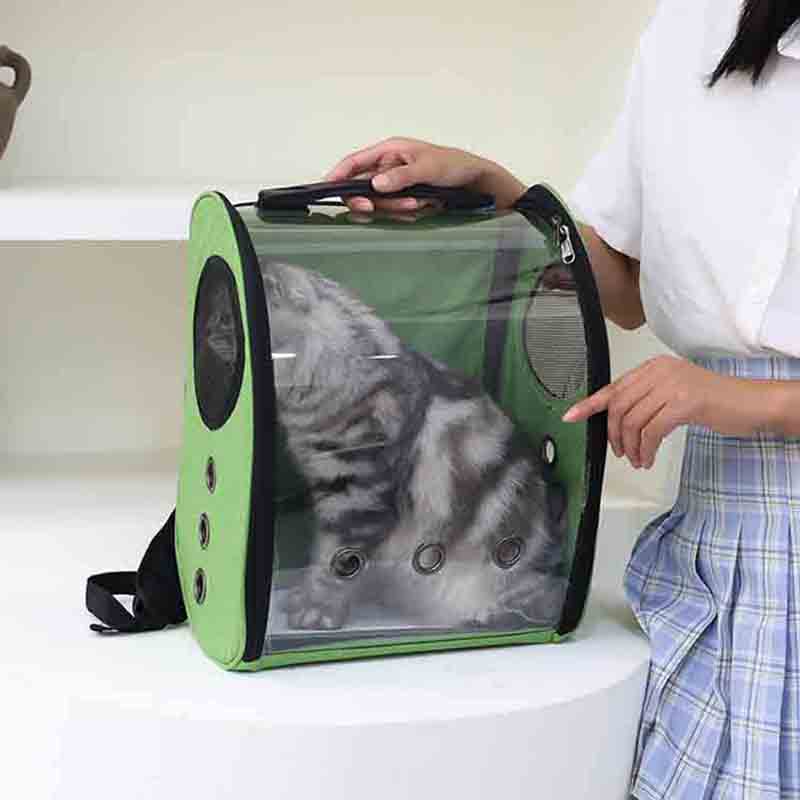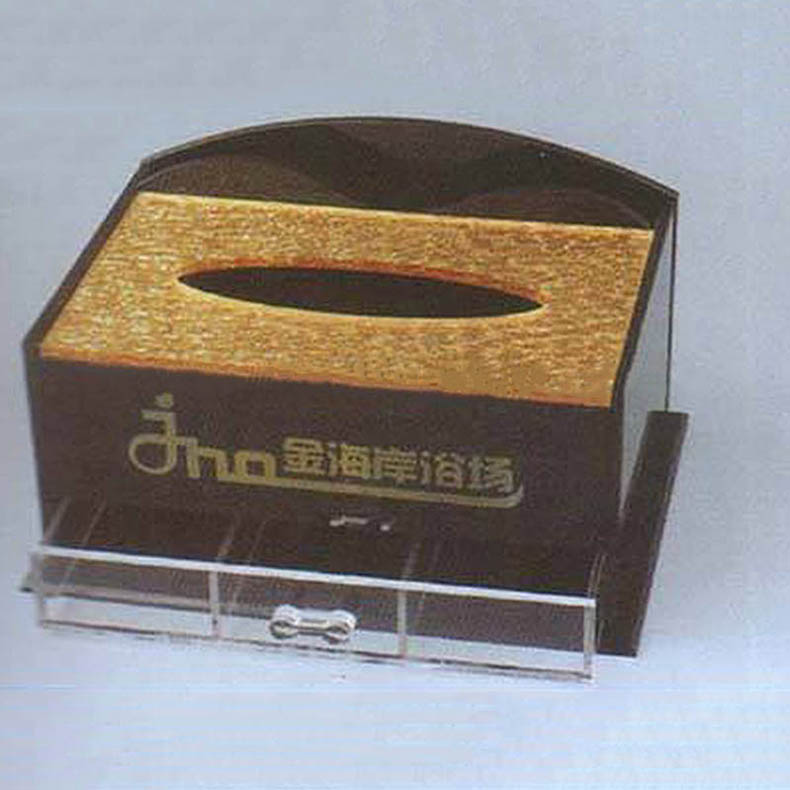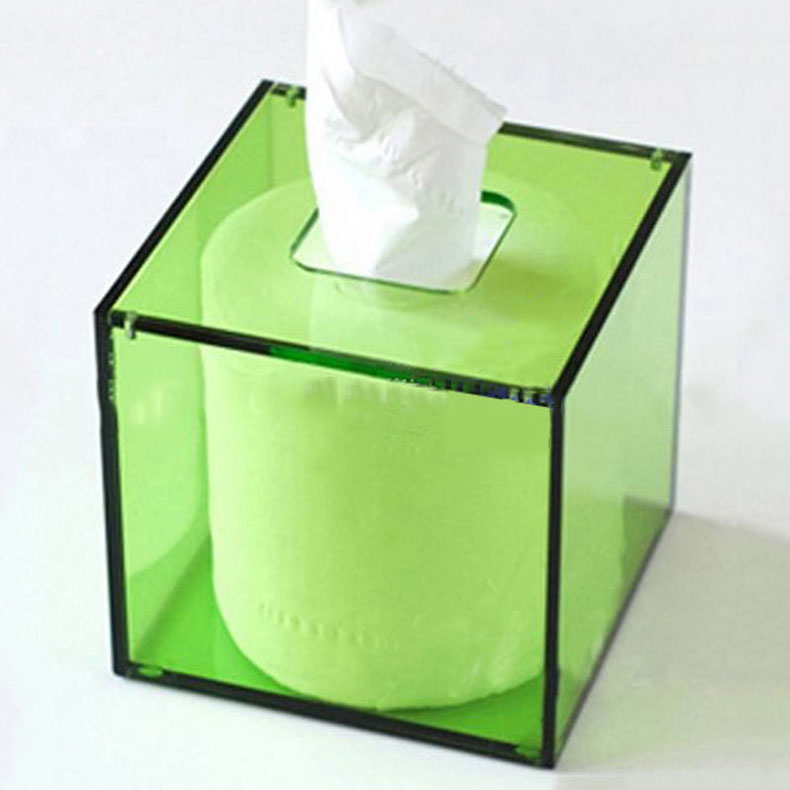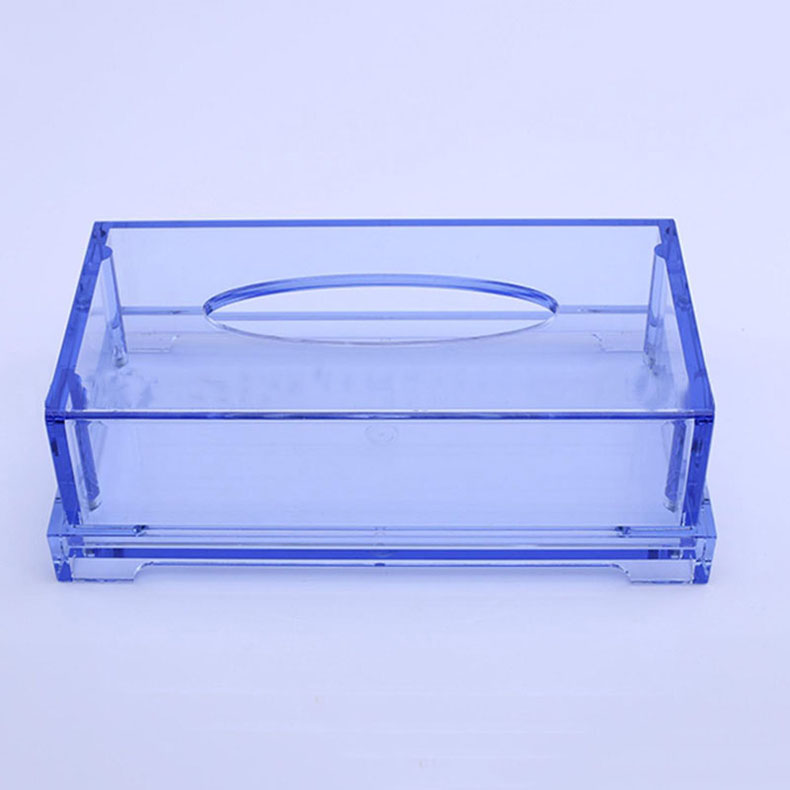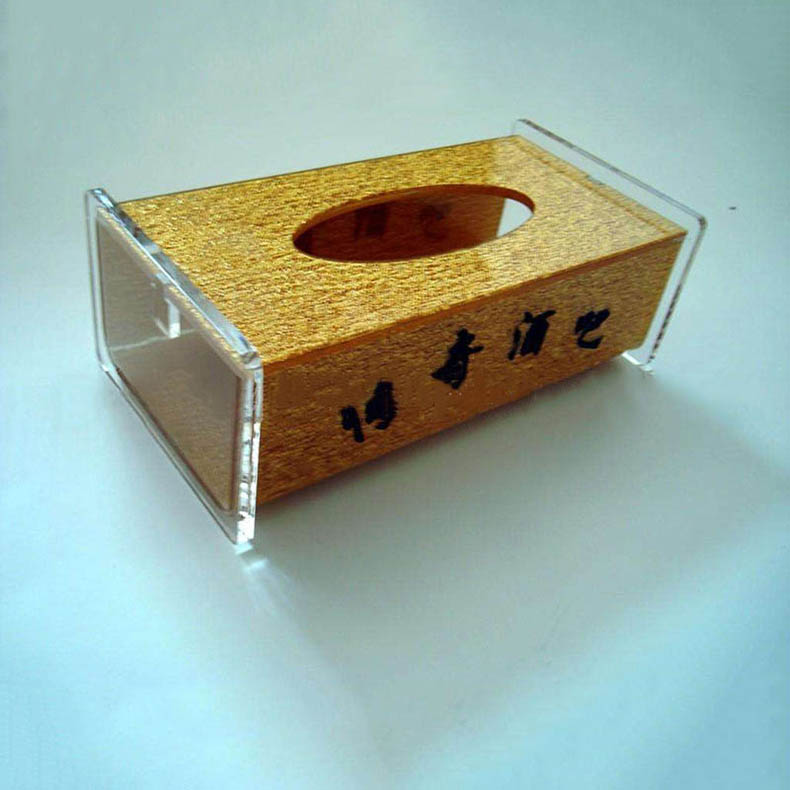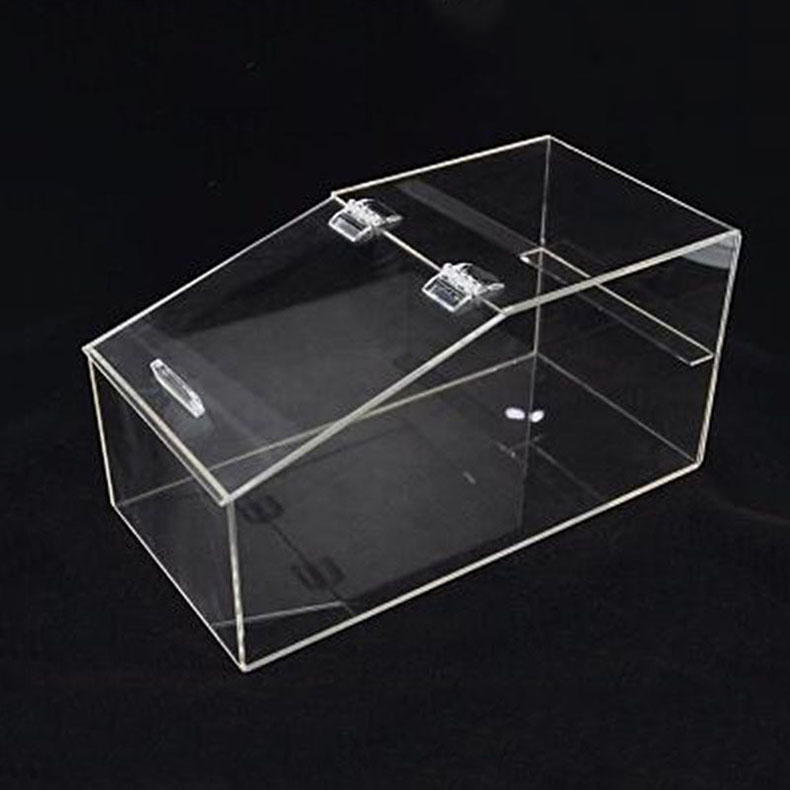How Acrylic Spheres are Made?
Acrylic spheres, known for their clarity, durability, and versatility, are used in a variety of applications, including arts and crafts, décor, toys, lighting fixtures, and scientific instruments. The process of making acrylic spheres involves several key steps that transform raw materials into beautiful, durable objects. In this detailed exploration, we will delve into the materials used, the manufacturing processes, and the finishing touches that bring acrylic spheres to life.
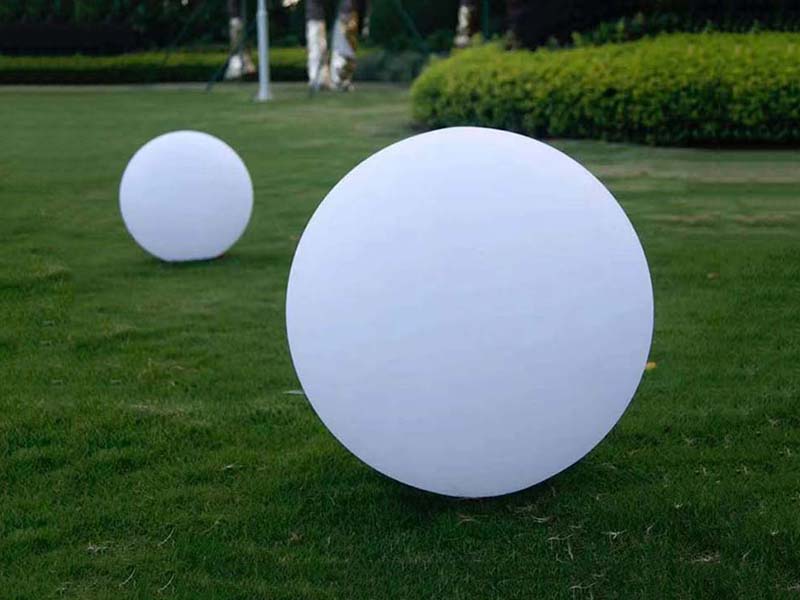
1. Understanding Acrylic
Before diving into the production process, it's essential to understand the main material used in creating acrylic spheres: polymethyl methacrylate (PMMA). PMMA is a synthetic polymer that is known for its excellent optical clarity, resistance to UV light, and shatter performance comparable to glass. Acrylic can be produced in various forms, including sheets, rods, and pellets.
Acrylic's superior qualities make it a preferred choice for various applications, offering a lightweight alternative to glass with greater impact resistance. These qualities make acrylic particularly popular for creating spheres that are visually striking yet practical.
2. Raw Materials
The primary raw material for acrylic production is methyl methacrylate (MMA), a liquid monomer largely derived from petroleum products. The polymerization of MMA leads to PMMA, which can then be processed into desired shapes, including spheres. Other additives may also be included during the manufacturing process to enhance specific properties, such as colorants, UV stabilizers, and impact modifiers.
3. Production Methods
The fabrication of acrylic spheres can be accomplished through various methods, with the choice of technique often depending on the desired size, clarity, and production volume. The most common methods include:
3.1. Injection Molding
Injection molding is one of the most efficient methods for creating acrylic spheres, particularly in mass production scenarios. The process involves the following steps:
1. Mold Design and Creation: The first step is designing a mold that defines the dimensions and contours of the sphere. This mold is typically created from aluminum or steel and consists of two halves that can be precisely machined to achieve a smooth finish.
2. Heating and Melting: Acrylic pellets (PMMA granules) are fed into an injection molding machine, where they are heated to a temperature that allows them to melt and become viscous.
3. Injection: The molten PMMA is injected into the mold under high pressure. The pressure ensures that the material fills every crevice of the mold, creating an even and uniform sphere.
4. Cooling and Solidification: Once the mold is filled, the material is allowed to cool. As it solidifies, it takes on the shape of the mold. Cooling times may vary depending on the size of the sphere and the design of the mold.
5. Ejection: After sufficient cooling, the mold is opened, and the newly formed acrylic sphere is ejected.
6. Trimming and Finishing: The sphere may have excess material or seams from the molding process, which are trimmed away. The sphere is then polished, either through mechanical polishing or using chemical processes, to achieve a high degree of clarity and shine.
3.2. Blow Molding
Blow molding is another effective manufacturing process, especially for producing larger acrylic spheres. The blow molding process includes several steps:
1. Preform Creation: An acrylic preform is prepared, which is a small, thick-walled version of the sphere. This preform is often produced using injection molding.
2. Heating: The preform is then heated until it becomes soft and pliable.
3. Blowing: Once heated, air is blown into the preform, expanding it to fill the mold and take on the shape of the desired sphere.
4. Cooling and Ejection: Similar to injection molding, the blown sphere is allowed to cool and solidify in the mold before being ejected.
5. Finishing Touches: Any excess material is trimmed away, and the surface is polished to achieve the desired clarity and finish.
3.3. Casting
Casting is a less common but highly effective method for producing acrylic spheres, particularly for artistic applications or one-off productions. The casting process includes:
1. Mold Preparation: A mold made from silicone or metal is prepared, often requiring a two-part structure if creating solid spheres.
2. Mixing Resin: A two-part casting resin, which includes MMA and a catalyst, is mixed to initiate the curing process.
3. Pouring: The liquid resin is poured into the prepared mold. Care must be taken to avoid air bubbles, as these can affect the final appearance of the sphere.
4. Curing: The cast is allowed to sit undisturbed for a specified period, where the resin hardens and takes the shape of the mold. Curing times can vary based on the type of resin and environmental conditions.
5. De-molding and Finishing: After curing, the sphere is carefully removed from the mold. The surface is then polished and finished, often involving sanding and buffing to achieve a crystal-clear finish.
4. Post-Production Finishing
Once the acrylic spheres are formed, they often undergo several finishing processes to enhance their appearance and performance:
1. Polishing: Polishing is crucial for achieving the optical clarity that acrylic is known for. This can be done using mechanical polishers, cloths, or even chemical polishing agents that dissolve minor surface imperfections.
2. Coatings: Some acrylic spheres may receive additional coatings to improve their durability or to add various finishes (e.g., frosted, mirrored, or colored). These coatings can be applied through spraying, dipping, or brushing techniques.
3. Quality Control: Before the final products are packaged and shipped, they undergo quality control checks. This ensures that they meet specific standards for clarity, size, and finish. Any spheres that do not meet these standards may be recycled back into the production process.
5. Applications of Acrylic Spheres
The versatility of acrylic spheres allows them to be used in numerous applications across various industries:
- Decorative Items: Acrylic spheres can be used in home décor or fashion accessories, often designed as elegant art pieces or used in centerpieces.
- Lighting Fixtures: Many modern lighting designs incorporate acrylic spheres, taking advantage of the material’s clarity and light diffusion properties.
- Education and Research: Acrylic spheres are commonly used in scientific research, particularly in optics, where their consistent refractive properties are beneficial for experiments involving light.
- Games and Toys: Acrylic spheres are often used in game pieces or as components in toys, providing durability and visual appeal.
- Architectural Elements: In architecture, acrylic spheres can be used for design features or light fixtures, adding a contemporary touch to buildings and interiors.
Conclusion
The process of creating acrylic spheres combines science, engineering, and artistry. From the initial selection of high-quality raw materials to the precision involved in the molding and finishing processes, every step is crucial to producing a product that is both functional and visually appealing. The end result is a versatile object that finds utility across various creative and practical applications. As technologies advance and new methods are developed, the possibilities for acrylic spheres continue to expand, ensuring their place in various industries for years to come.


